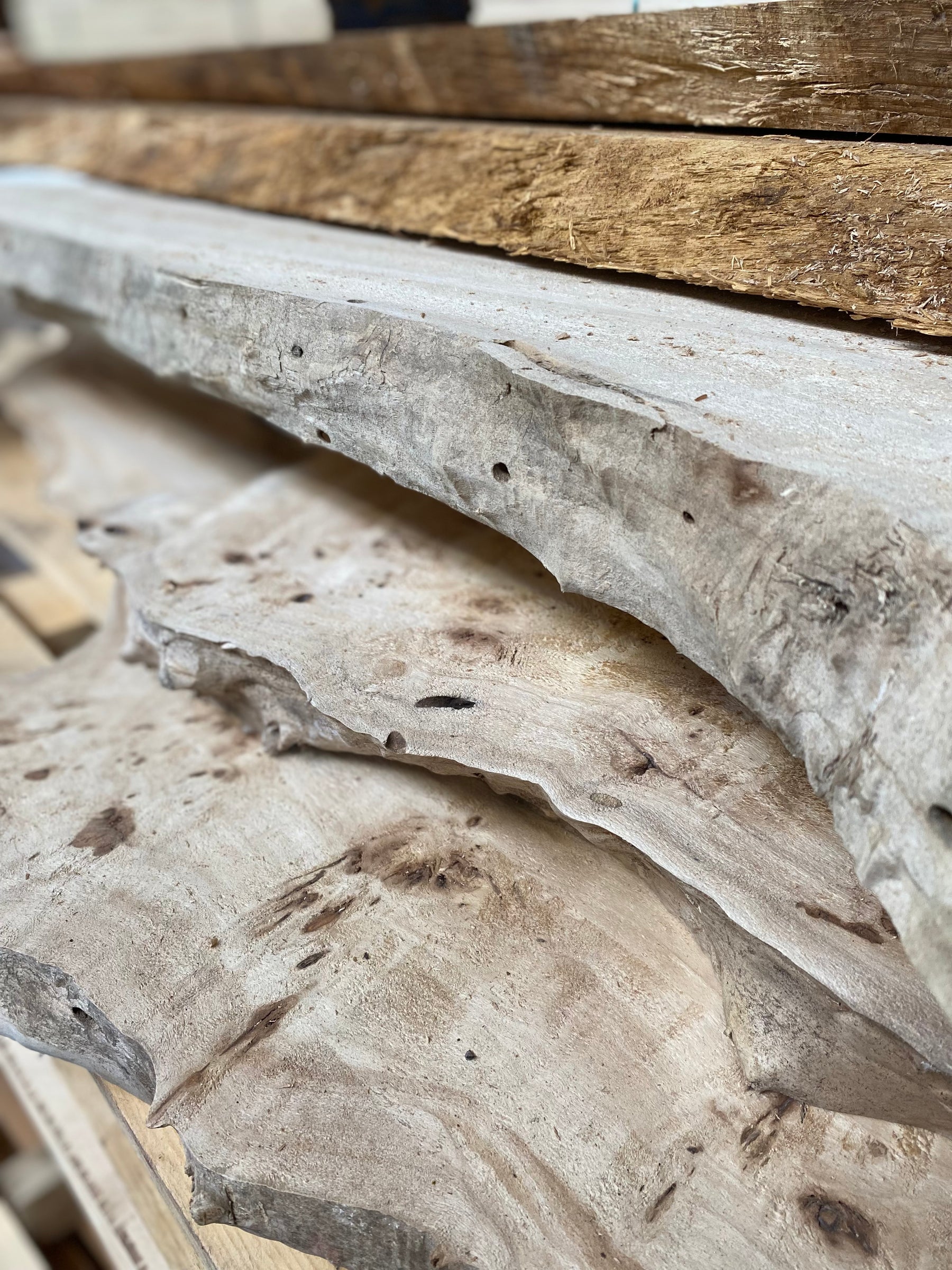
Engineered Oak Hardwood and the Environment
Engineered Oak Hardwood Flooring: Weighing its Environmental Impact and Benefits
The allure of hardwood floors is undeniable, with their elegance, timeless beauty, and warmth. But in an age of eco-consciousness, we must consider the environmental impact of our choices. So, where does engineered oak hardwood flooring stand? Let's dive into its environmental footprint and compare it to alternative options.
Environmental Impact:
Pros:
Resource efficiency: Engineered hardwood utilizes smaller, faster-growing trees compared to solid hardwood, reducing deforestation pressure.
Longevity: Its multi-layered construction offers superior durability, lasting for generations and reducing the need for replacements.
Recycled content: Many manufacturers incorporate recycled wood scraps and byproducts, maximizing resource utilization and diverting waste from landfills.
Low-emission options: Choosing formaldehyde-free adhesives and low-VOC finishes minimizes indoor air pollution, contributing to a healthier living environment.
Cons:
Manufacturing emissions: Production processes can generate some air and water emissions, though choosing manufacturers with sustainable practices can mitigate this.
Chemicals in adhesives: While low-emission options exist, some adhesives can still contain chemicals of concern.
End-of-life disposal: While durable, disposal at the end of its lifespan needs to be responsible to avoid landfilling.
Benefits Compared to Other Flooring Options:
Solid Hardwood: Engineered oak often requires fewer trees, offers longer life due to its layered construction, and can potentially contribute less to deforestation.
Carpet: Carpet manufacturing often involves harsh chemicals and synthetic materials, while engineered oak is a natural and renewable resource. Additionally, carpets tend to trap dust and allergens, whereas engineered oak can be easier to maintain and contribute to better indoor air quality.
Vinyl and Laminate: These synthetic options typically have shorter lifespans and involve non-renewable resources. While cost-effective initially, replacements accumulate waste over time. Additionally, some vinyl and laminate options may contain VOCs that contribute to indoor air pollution.
The Verdict:
While not without its environmental concerns, engineered oak hardwood flooring offers advantages compared to many other flooring materials. Its resource efficiency, durability, and potential for recycled content make it a more sustainable choice in the long run. However, responsible disposal and minimizing chemical exposure remain crucial considerations.
Ultimately, the environmental impact of any flooring choice depends on several factors, including the specific manufacturing process, materials used, and end-of-life disposal practices. Choosing manufacturers committed to sustainability and responsible sourcing goes a long way in minimizing the environmental footprint of your flooring choice.
Remember, every sustainable step, even within our homes, is a step towards a healthier planet. Choose wisely and enjoy the beauty and warmth of engineered oak hardwood flooring with a conscious mind.
